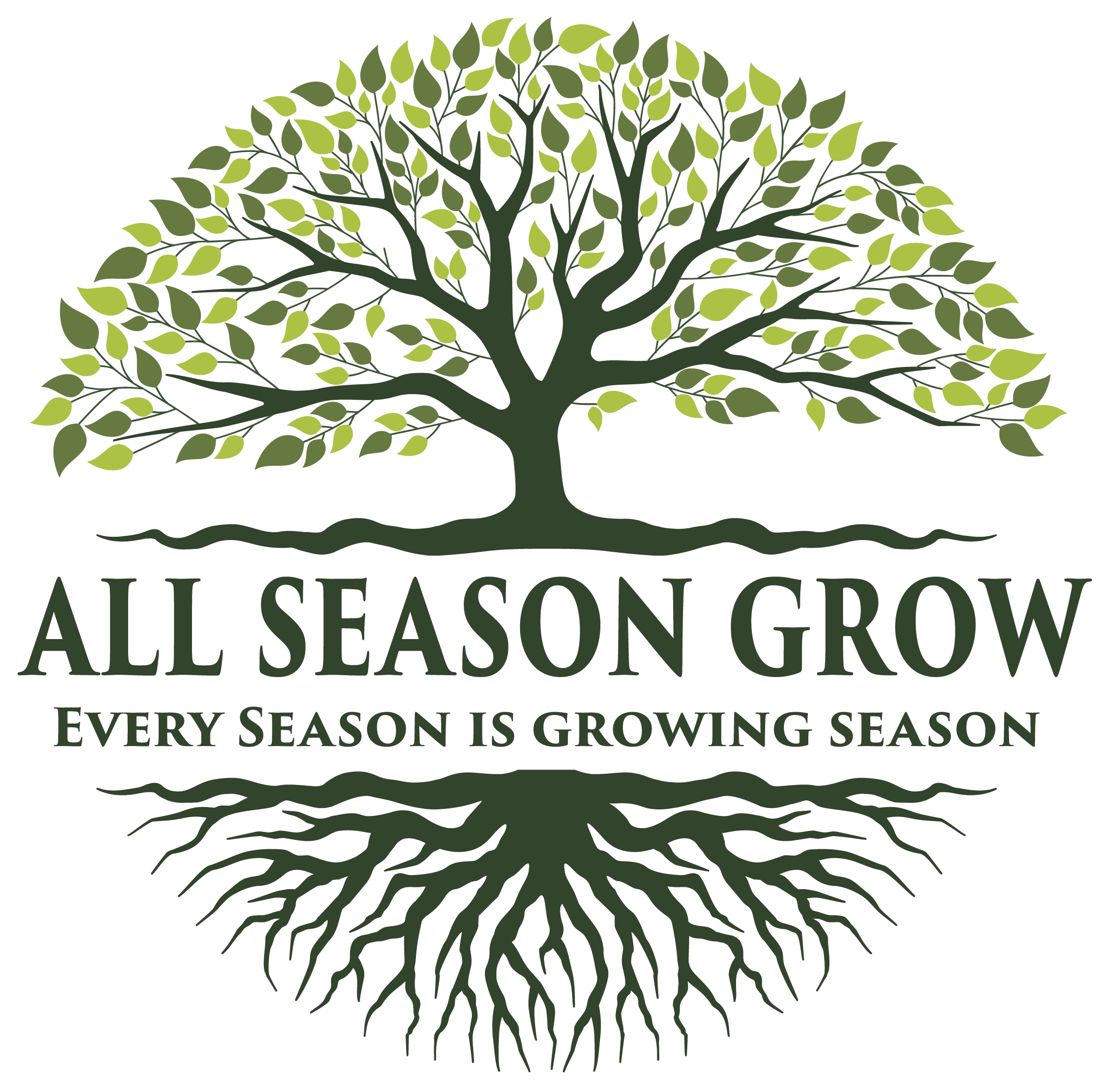Understanding Indoor Vegetable Gardening
Why Grow an Indoor Vegetable Garden?
Choosing the Right Location for Your Indoor Vegetable Garden
Selecting Suitable Vegetables for Indoor Gardening
Setting Up Your Indoor Vegetable Garden
Caring for Your Indoor Vegetable Garden
Benefits of an Indoor Vegetable Garden
Overcoming Common Indoor Gardening Challenges
Tips for a Thriving Indoor Vegetable Garden
Introduction
I’ll be the first to admit it, I’m an indoor gardening enthusiast. But can you blame me? There’s something incredibly satisfying about growing your own vegetables indoors, year-round. Imagine having fresh, organic veggies right at your fingertips, regardless of the season. Intriguing, isn’t it? Well, sit tight because I’m about to guide you on how to grow a thriving indoor vegetable garden year-round.
Understanding Indoor Vegetable Gardening
Before we delve into the how, let’s understand the what. Indoor vegetable gardening is the practice of growing vegetables inside your home, typically in containers. This method allows you to control the growing conditions, making it possible to have a bountiful harvest all year round.
Why Grow an Indoor Vegetable Garden?
There are plenty of reasons to start an indoor vegetable garden. Fresh produce in winter? Check. A fun, rewarding hobby? Check. More control over your food’s quality? Absolutely. Plus, indoor gardening can save you money on groceries and provide a healthy outlet for stress.
Choosing the Right Location for Your Indoor Vegetable Garden
The first step in setting up your indoor garden is choosing the right location. You want a spot with ample sunlight, ideally a south-facing window. If you don’t have an area with sufficient natural light, don’t worry. We’ll discuss lighting solutions later.
Selecting Suitable Vegetables for Indoor Gardening
Choosing the right vegetables for indoor garden is crucial. Let’s break it down into three categories:
Leafy Greens: These include lettuce, spinach, and kale. They’re easy to grow and don’t require much space or sunlight.
Root Vegetables: Think carrots, radishes, and beets. While these require deeper containers, they’re well-suited for indoor gardening.
Fruiting Vegetables: Tomatoes, peppers, and cucumbers fall into this category. They require more care and sunlight but offer a rewarding harvest.
Setting Up Your Indoor Garden
Now, let’s discuss setting up your garden. You’ll need to consider containers and soil, lighting, and temperature and humidity.
Containers and Soil: Use containers with good drainage and fill them with high-quality potting soil. The size of the container will depend on what you’re growing.
Lighting: Vegetables need a lot of light. If you don’t have sufficient natural light, consider using grow lights.
Temperature and Humidity: Most vegetables prefer temperatures between 60-75°F and a humidity level of 40-60%. Monitor these conditions and adjust as necessary.
Planting Your Vegetables
Next is planting your vegetables. Follow the seed packet instructions for planting depth and spacing. After planting, water thoroughly.
Caring for Your Indoor Vegetable Garden
Watering: Watering is a delicate balance. Overwatering can lead to root rot, while underwatering can stunt growth. The top inch of soil should be dry before you water again.
Fertilizing: Use a balanced, organic fertilizer to provide your plants with the nutrients they need. Follow the package instructions for application rates.
Pruning and Maintenance: Regularly check your plants for pests or diseases. Prune any dead or diseased leaves to keep your plants healthy.
Harvesting Your Vegetables
The moment you’ve been waiting for – harvest time! Harvest your vegetables when they’re ripe and ready. This varies by plant, so do your research to know when it’s the right time.
Benefits of an Indoor Garden
Besides fresh produce, indoor gardening has several benefits. It can improve air quality, provide a sense of achievement, and even act as a form of therapy. Plus, it’s a great way to teach children about the life cycle of plants!
Overcoming Common Indoor Gardening Challenges
Like any hobby, indoor gardening can have its challenges. Lack of sunlight, pests, and disease are a few. But don’t be discouraged! With the right knowledge and tools, these can be overcome.
Tips for a Thriving Indoor Vegetable Garden
Now that we’ve covered the basics, here are a few extra tips to ensure your indoor vegetable garden thrives:
- Rotate your plants to ensure they get even light exposure.
- Don’t overcrowd your plants; they need room to grow.
- Regularly clean your containers to prevent disease.
- Be patient! Gardening is a process that takes time.
Conclusion
Indoor vegetable gardening is a rewarding endeavor that brings numerous benefits. It might take some time and effort, but the payoff is well worth it. Now that you have these tips and tricks, you’re well on your way to growing a thriving indoor vegetable garden year-round. Happy gardening!
FAQs
1. Can any vegetable be grown indoors?
While many vegetables can be grown indoors, some are better suited for it than others. Leafy greens and herbs are the easiest, while fruiting vegetables like tomatoes require more care.
2. How long do indoor vegetables take to grow?
The growth time varies by vegetable, but most indoor plants will start to produce within 2-3 months.
3. What is the best type of light for growing vegetables indoors?
Full-spectrum grow lights are the best as they cover all the light spectrum necessary for plants.
4. How much should I water my indoor vegetable garden?
This depends on the plant, but as a general rule, the top inch of soil should be dry before you water again.
5. Can I use regular potting soil for my indoor vegetable garden?
Yes, you can. However, a high-quality potting mix is recommended for the best results.



